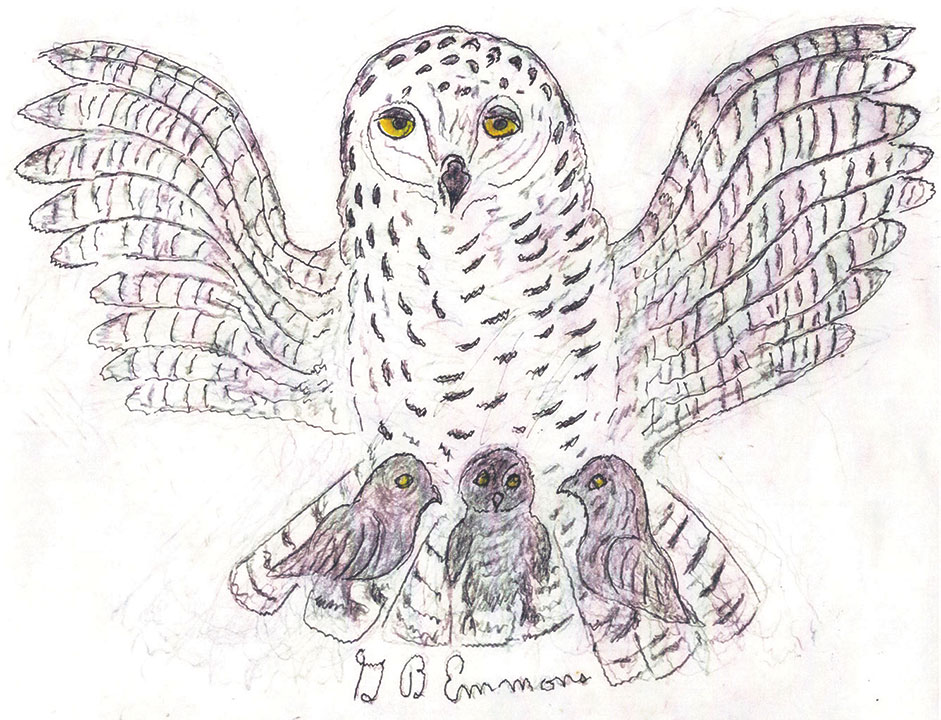The sudden appearance of snowy owls along our coastline approximately every four years is called an “irruption” because it is so unpredictable.
For instance, in the winter of 2013 into 2014, snowy owls arrived in surprising numbers, coming down through parts of southern Canada into the United States, with a few migrating as far south as Florida. They seemed to stop in the Eastern seaboard landscapes with bleak open areas like the arctic tundra they came from.
During a day’s drive from my seaside home on Little Bay in Fairhaven, I saw them on Crescent Beach, Angelica Point, and West Island for several subsequent years at approximately where they first landed. We also got reports of their having to be removed from municipal airports’ runways to avoid congesting the rotors of jet engines of planes landing and taking off.
The extent of their geographical invasion was annually tied to cycles of lemmings, their favorite prey. The lemming population was somehow connected to winter weather variations, affecting the reproduction and availability of the actual snowy owl population.
My illustration is of a snowy owl female, with coloring much darker than the male and larger in size for easy identification. Females at least three years old pair up and mate with a male, and the more lemmings that are available, the more eggs she will lay, as many as 10 in number. Owl-breeding experts will often see up to 30 dead lemmings left near the nest by her mate for her stay, incubating until her eggs hatch out and the young are grown on their own.
The availability of her diet seems to drive their whole arctic ecosystem. And when a booming population results, the competition for hunting territories pushes owls to move and results in an invasion southward. It would ring up that year for the records of a remarkable example of irruption. When they appear surprisingly, coasting down the sky on silent wings for birdwatchers, it might seem to be an atmospheric phenomenon of the coming of a severe winter, but it’s not ever to become so simple.
In December of 2013, a man by the name of Norman Smith organized a team of scientists to find out more about the snowy owl’s migration by banding as many as possible with a GPS transmitter around the wings that would not interfere with their flight in any way. This program was called Operation Snowstorm and was coordinated with the usual banding birds to locate their destination when they can be netted for inspection.
Before releasing the owl, its weight and condition are recorded. Cellular tracking devices tell how high it is flying, the direction it is headed, and how fast it is moving every three days. The data is stored for five years to be reviewed and evaluated.
The transmitter showed that ‘snowies’ were active at night during the winter so as not to be spotted by prey. It was, therefore, the best time to trap and remove them from airports after dark. So after capture, the owls were found to require relocation farther away.
The number of GPS locations transmitted is the first step to an awareness of the fundamentals of snowy owl migration for birdwatchers seeking education and understanding of how to avoid misconceptions and how to establish conservation programs like Snowstorm for the future.
We still have a lot to learn.
By George B. Emmons
